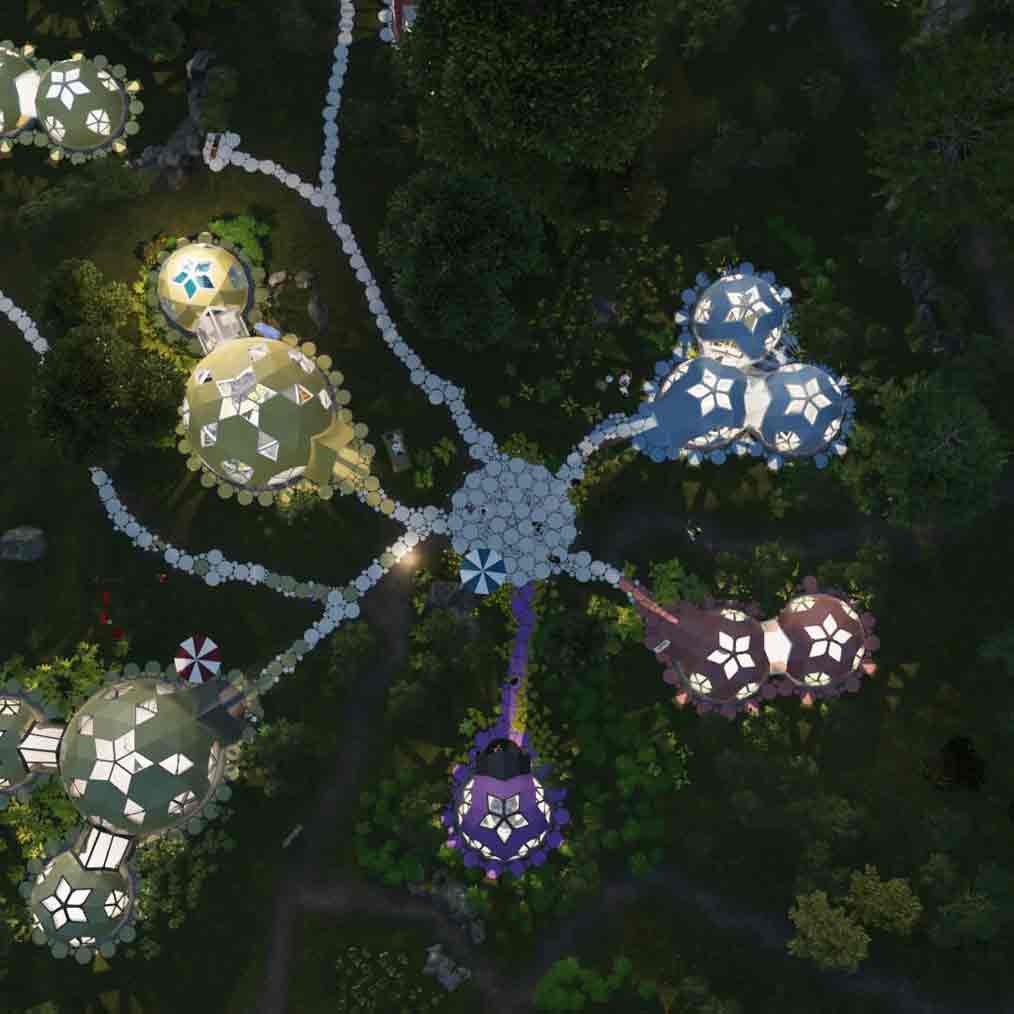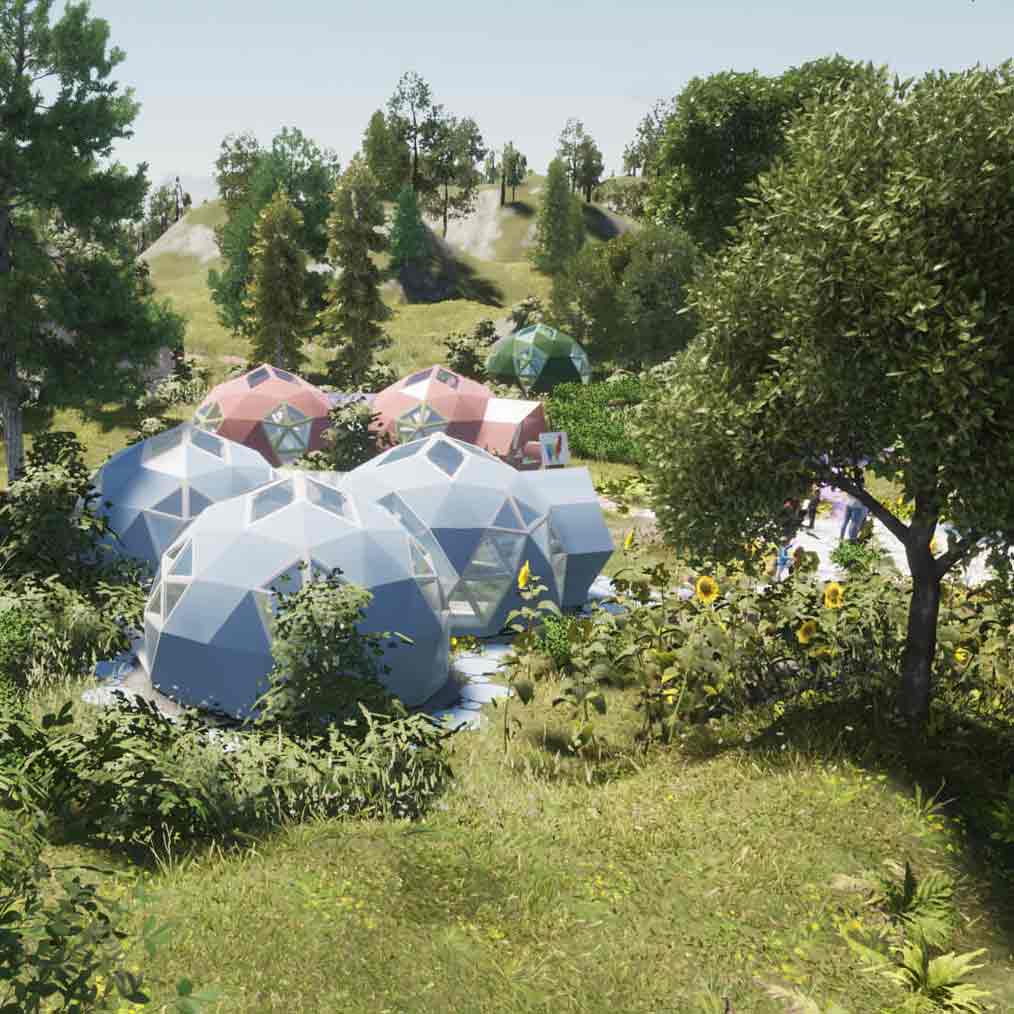
In a bid to create long-lasting, zero carbon, fire proof and organically-rich architecture, Geoship installed its bioceramic geodesic dome in California. Touted to be the world’s first ceramic geodesic dome, these dwellings can stand for 500 years, thanks to its main ingredient bioceramic – a material that is sturdier than concrete and sustainable in nature.
 These dwellings can stand for 500 years, thanks to its main ingredient bioceramic.
These dwellings can stand for 500 years, thanks to its main ingredient bioceramic.
An extension of ceramic that is solid and durable than concrete, bioceramic can be turned into slurry and poured into a mould just like cement.
It is highly crystalline with covalent and is water activated and cures quickly at room temperature like rapid cement. It also has very low thermal expansion coefficient and forms waterproof cold-joints. The process is minimal and can be done at a low cost, thereby making these dome-shaped homes an affordable housing choice.
 Bioceramic has very low thermal expansion coefficient and forms waterproof cold-joints.
Bioceramic has very low thermal expansion coefficient and forms waterproof cold-joints.
According to Design Boom, Geoship domes merge geodesic geometry with crystal chemistry and are built with all-ceramic composite panels, struts and hubs. To design the dome, Geoship has reportedly used a mixed type of ceramic crystals that forms them into triangular molds. These pieces are then assembled into a geodesic dome. The ceramic parts are light in weight and are fused together on-site with ceramic mortar.
 The ceramic parts are light in weight and are fused together on-site with ceramic mortar.
The ceramic parts are light in weight and are fused together on-site with ceramic mortar.
Reportedly, the carbon that is used to create the triangular components is lesser than traditional sandstone, passive solar or highly efficient house building materials. Besides, the operational energy use is considerably lower as well.
 Bioceramic architecture eliminates most of the construction products.
Bioceramic architecture eliminates most of the construction products.
Bioceramic architecture eliminates most of the construction products. Materials such as roofing, tar paper, trusses, insulation, lumber, steel, concrete, adhesives, particle board, drywall, paint and siding can all be replaced with bioceramic composites.
 The carbon that is used to create the triangular components is lesser than traditional sandstone, passive solar or highly efficient house building materials.
The carbon that is used to create the triangular components is lesser than traditional sandstone, passive solar or highly efficient house building materials.
The bioceramic domes come in two sizes and can be configured in many ways. They are cost effective, low on maintenance, easy to install, energy efficient, sustainable and recyclable.
Image credits: Geoship